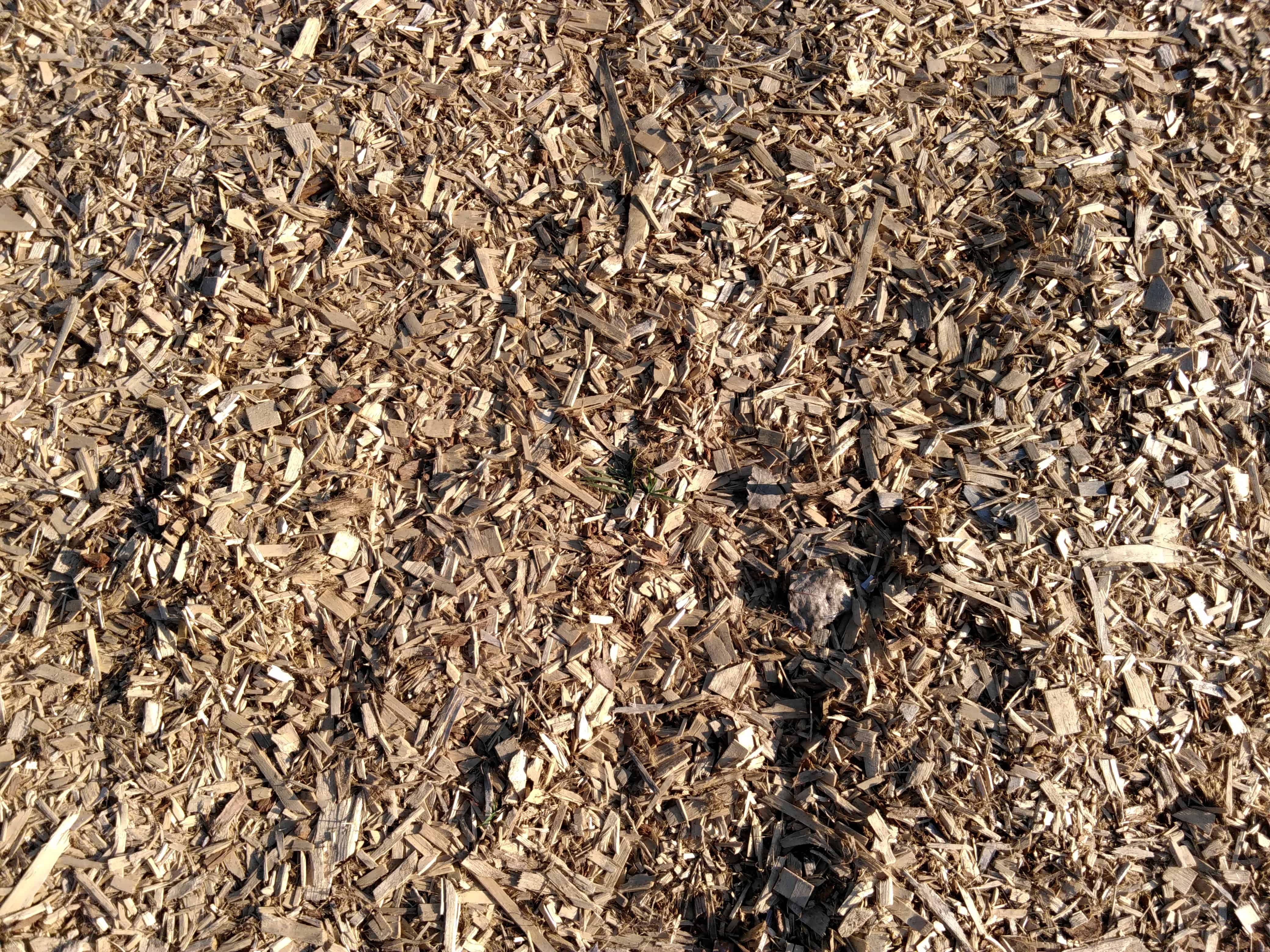Master Kitchen Waste Composting for Rich Soil

Mastering Kitchen Waste Composting for Rich Garden Soil
Ever wondered how to turn your kitchen waste into something that can nourish your garden? You're not alone! Composting kitchen waste is a fantastic way to reduce waste, enrich your soil, and embrace sustainable living. Let's dive into the world of food scraps composting and discover how to create nutrient-rich soil for your garden.
Why Compost Kitchen Waste?
Before we jump into the how-to, let's talk about why you should consider composting your kitchen waste.
Boosting Soil Health
Composting kitchen waste transforms organic matter into a nutrient-dense soil amendment. This homemade fertilizer improves soil structure, increases water retention, and stimulates beneficial microbial activity, leading to healthier plants and a more vibrant garden.
Sustainable Living
By composting, you're actively contributing to a sustainable lifestyle. You're reducing waste sent to landfills, conserving resources, and minimizing your carbon footprint. It's a small action with a big impact!
Getting Started: The Basics of Kitchen Waste Composting
Understanding the Composting Process
Composting is essentially controlled decomposition. Microorganisms break down organic matter, transforming it into a dark, crumbly, earthy-smelling material known as compost. This process occurs in four stages: collection, mixing, heating, and curing.
Choosing a Composting Method
There are several methods to compost kitchen waste, from simple pile composting to fancy tumblers. The choice depends on your space, budget, and personal preference. Here are a few options:
- Pile Composting: A simple, low-cost method involving a pile of organic materials.
- Bin Composting: Using a compost bin or tumbler for a tidier, more contained process.
- Vermicomposting: Harnessing the power of worms to speed up the composting process.
What Can You Compost?
Green Waste: Nitrogen-Rich Materials
Green waste, or nitrogen-rich materials, includes food scraps like fruit and vegetable peels, cores, and trimmings. Other green waste includes coffee grounds, tea bags, and fresh plant cuttings.
Brown Waste: Carbon-Rich Materials
Brown waste, or carbon-rich materials, provides the necessary carbon for a balanced compost pile. Examples include dry leaves, straw, cardboard, and newspaper.
The Art of Balancing Your Compost Pile
Maintaining the right carbon-to-nitrogen ratio is crucial for a successful compost pile. Aim for a mix of about 25-30 parts carbon-rich materials to 1 part nitrogen-rich materials. This balance ensures optimal conditions for microorganisms to thrive and break down the organic matter.
Managing Moisture and Aeration
Keeping Your Compost Wet Enough
Moisture is essential for the composting process. Your compost pile should have the moisture content of a wrung-out sponge. Add water as needed to maintain this level of dampness.
Aerating Your Compost Pile
Aeration provides oxygen, which microorganisms need to survive and break down organic matter. Turn your compost pile regularly to introduce oxygen and speed up the decomposition process.
Dealing with Pesky Pests
Compost piles can attract unwanted visitors like rodents and flies. To deter pests, maintain a balanced carbon-to-nitrogen ratio, keep your pile covered, and ensure proper aeration.
Harvesting Your Compost
When is Your Compost Ready?
Compost is ready when it's dark, crumbly, and smells like earth. This process can take anywhere from a few months to a year, depending on your composting method and conditions.
Using Your Compost
Spread your homemade fertilizer around your garden, dig it into your soil, or use it as a top dressing for your plants. Compost improves soil health, increases water retention, and provides essential nutrients for plant growth.
Troubleshooting Common Composting Issues
If your compost pile isn't heating up, smells bad, or isn't breaking down, don't despair. Check your carbon-to-nitrogen ratio, moisture levels, and aeration. The EPA's guide on composting at home offers helpful tips and troubleshooting advice.
Conclusion
Composting kitchen waste is a rewarding way to reduce waste and create nutrient-rich soil for your garden. By understanding the composting process, choosing the right method, and maintaining a balanced pile, you'll be well on your way to mastering kitchen waste composting.
FAQs
-
Can I compost meat and dairy? While it's possible to compost meat and dairy, it's generally not recommended due to the risk of attracting pests and generating odors. Stick to food scraps like fruits and vegetables for a low-maintenance compost pile.
-
How big should my compost pile be? Aim for a pile that's at least 3' x 3' x 3' (one cubic yard) to generate and maintain heat for efficient composting.
-
Can I compost in an apartment? Yes! Vermicomposting is an excellent option for apartment dwellers. It's small, contained, and can be done indoors.
-
What should I do with my compost if I don't have a garden? Share your compost with friends, family, or local community gardens. Alternatively, you can use it to start a small indoor herb garden or mix it into potting soil for houseplants.
-
How can I speed up the composting process? Turning your pile regularly, maintaining optimal moisture levels, and keeping your pile covered can all help speed up the composting process. Additionally, consider using a compost accelerator or activator, which contains beneficial microorganisms to kickstart the decomposition process.
0 Response to " Master Kitchen Waste Composting for Rich Soil"
Post a Comment